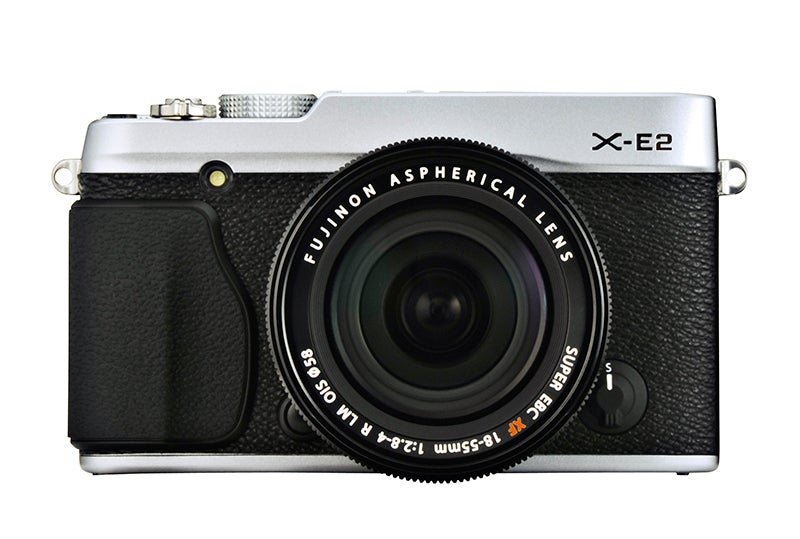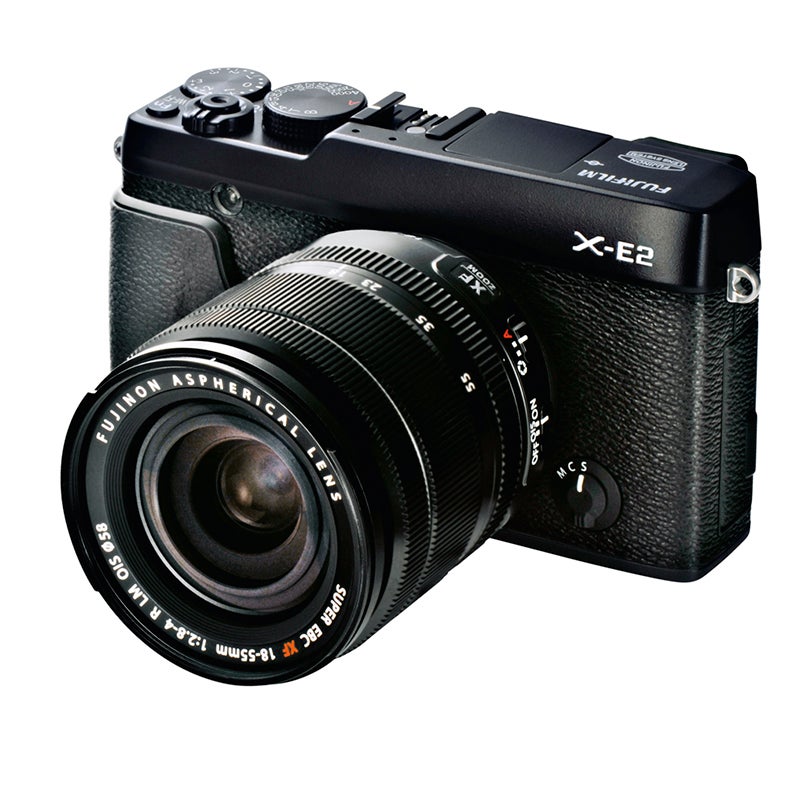Fujifilm X-E2 Review - With over 60 improvements and refinements, is the Fujifilm X-E2 everything an enthusiast looks for from a retro-style system camera? Find out in the What Digital Camera Fujifilm X-E2 review
Fujifilm X-E2 Review
Fujifilm X-E2 Review – Performance

One disappointment with the X-Pro1 was its focusing speed and to improve on this Fujifilm enhanced the autofocus algorithms for the X-E1 that followed. In truth, while it was an improvement, the X-E1’s AF performance didn’t set the world alight so where do we stand now in regard to AF with the X-E2?
Well, the good news is the X-E2’s newly developed AF algorithm has made a significant difference in dark, low light scenes where the X-E1 would either struggle, or require the shutter button to be half depressed twice, occasionally even three times before focus was acquired.
In single AF the X-E2 locks onto targets more accurately than the X-E1, however the speed in which it does so struggles to match the speed of Panasonic’s Light Speed AF system as used within the excellent Lumix GX7 and GM1. Another positive to take from the X-E2 is a more spritely continuous AF performance with no restriction of using it in Multi AF mode and it can now be used in Area AF mode too.
Those who take advantage of the X-E2’s continuous AF when recording HD video will also benefit from a near-silent autofocus performance from the kit lens, resulting in clean audio footage that’s not compromised. The disadvantage of not having a touchscreen means you can’t intuitively tap the screen to move your AF point over your target.
Instead you’re required to hit the AF button that’s been repositioned from beside the screen to the dPad, and as one might expect this is a more leisurely way of setting the AF point to where you need it and isn’t ideal for on the spot captures or sporadic moving subjects.

AF coverage
While the 49-point AF arrangement sounds impressive on paper, it’s no different to the X-E1 in that the coverage doesn’t meet the edge of the frame and looking into the future we’d like Fujifilm to adopt Panasonic’s philosophy of full-frame AF coverage across all X-Series models. That said, it’s good how you’re given the option to increase or decrease the size of the AF point up to five sizes using the control dial at the rear.
Though there will be some who’d prefer to see the X-E1 feature a hybrid viewfinder like the ones found on the X-Pro1 and X100S, it’s hard to nitpick the OLED EVF. Raised to the eye it provides bright colours, an impressive resolution and is anything but tunnel like.
What’s most impressive though is the faster 50fps refresh rate that’s improved on the X-E1 to offer a much smoother viewing performance when moving the camera and composing via the viewfinder simultaneously.
Just in the same way the viewfinder performs better, so does the screen.
There is a trade off of smaller buttons for a larger 3in display, but this is a wise move and the 1,040k-dot resolution makes it comparable with many rivals’ screens. The display provides an crisp and sharp image for composition and playback, and the way its designed to sit so flush to the body at the rear is well received.
For users looking at the X-E2 as a possible upgrade option from the X-E1, it accepts the same NP-W126 Lithium Ion Battery pack that can rattle off 350 shots before a recharge is required, and set to continuous shooting it’s possible to shoot 1fps faster than the X-E1 at up to 7fps.
Though perhaps not an obvious candidate for high speed shooting, the X-E2 manages to record 8 frames at 7fps in the Raw format before the buffer interrupts and slows proceedings.
This number increases to 19 frames at 7fps when then image quality is switched over to Fine JPEG. For a camera of the X-E2’s pedigree we’d expect continuous shooting to be infrequently used, but that’s not to say it’s a useful addition to have on the off chance you might one day need it.




